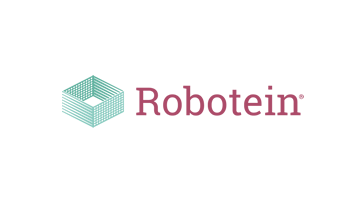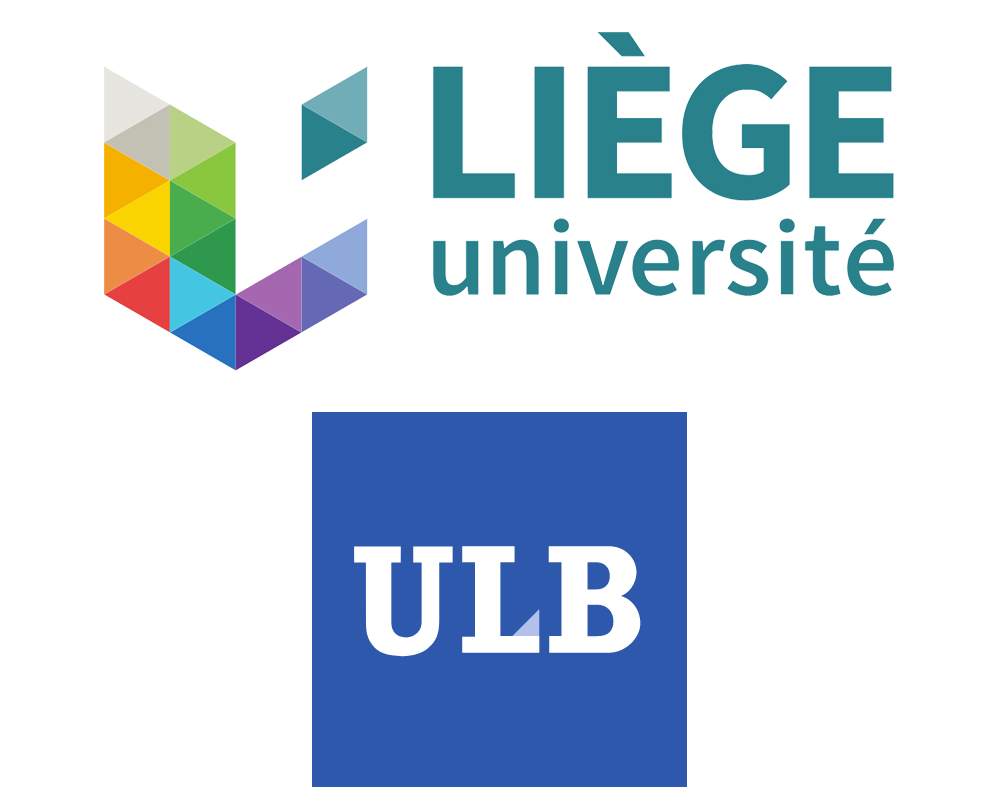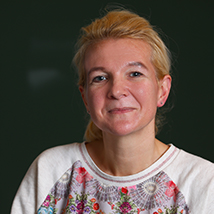

Robotein® offers automated screening for optimal recombinant protein expression, purification and formulation, together with biochemical/biophysical protein analysis.
The high-throughput (HT) Robotein® facility (http://www.robotein.ulg.ac.be/) is a technological platform built on competences and infrastructures available in the academic setting of two laboratories that offer a large portfolio for structural and functional analysis of proteins: the Center for Protein Engineering (CIP) at the University of Liège (ULiège) and the Structural Biology and Bioinformatics Centre (SBBC) at the University of Brussels (ULB). It offers HT screening for cloning, expression, purification, formulation and characterization of proteins, including quantification, determination of protein secondary structure content, measurement of phosphorylation and glycosylation, enzymatic assays and interaction with ligands.
Quartier Agora
Allée du six Août 13
B-4000, Liège
Belgium
Robotein is currently available for remote access, as well as physical visits by national and international scientists. For information on the availability of specific technologies, view the Technology Availability List or contact support@instruct-eric.org. Please check here regularly for updates.
The HT Robotein® facility at CIP and SBBC has the particularity to combine high technology laboratory instrumentation: a central liquid handling workstation, a colony picking instrument, various microplate spectrophotometers, an Octet HTX, a LabChip GXII, a protein spotter and an Infrared Imager. This specific combination of equipment offers versatile tools for the development of numerous HT applications. Here is a list of the main services that Robotein® can provide. Nonetheless, we are always open to develop new and innovative assays.
The combination of the central liquid handling platform with the microplate spectrophotometers offers the possibility to analyse in an automated and HT manner the conformational stability (△G0) of proteins in the presence of chaotropic agents (e.g. urea, guanidinium chloride).
Furthermore, a direct link can be created to build a protein array from hundreds of different proteins or proteins that have been submitted to different conditions. A unique combination of a HT protein arrayer (using 96 or 384 –well plates) and a state-of-the-art infrared imager allows hundreds of proteins to be quantitatively analysed in a few minutes for secondary structure, phosphorylation, glycosylation or any contaminant of known infrared spectrum.
The central robotic workstation linked to the Octet HTX instrument (fortéBio), enables real-time and label-free determination of binding affinity (Equilibrium dissociation constant: Kd) by measuring kinetics of association and dissociation of the complex (kon, koff). Using microtiter plates as liquid sample holders, the system can measure up to 96 samples in parallel. The Octet HTX is highly modular and can be easily adapted to measure interactions for a large range of antibodies, proteins, peptides or small molecules.
The combination of the central robotic workstation with the Octet HTX instrument (fortéBio) can also be used to perform fast and accurate protein quantitation from crude extracts (cell extracts, culture media, etc.), with no required purification steps. This method is particularly suitable to measure the concentration of full-length antibodies or various antibody fragments (although the modularity of the Octet system makes it compatible for the quantitation of many other proteins or peptides).
The combination of the central robotic workstation with a microplate spectrophotometer allows for the development of fully automated, easy, fast and robust enzymatic assays. For instance, we have performed automated quantification (i.e. determination of the relevant kinetic parameters: kcat, Km, and kcat/Km) of carbohydrate-isomerases, several dehydrogenases and various β-lactamases.
Using the central robotic workstation together with the microplate spectrophotometer and a quantitative PCR block, we developed protocols for automated screening of 164 buffers/pH conditions to improve protein stability and activity. This screen covers a pH range from 2 to 10, in 19 different buffers that are the most commonly used by pharmaceutical companies. This screen is coupled to HT and automated Differential Scanning Fluorimetry (DSF) thermal shift assays and enzymatic/binding affinity measurements in order to determine the best buffer/pH conditions that are compatible with the protein optimum stability and activity. We have validated this screen with several hydrogenases, oxygenases, ß-lactamases and antibody fragments.
We developed an automated screen of 96 refolding conditions for protein expressed as inclusion bodies. This screen, coupled to HT enzymatic/binding activity measurements, offers the possibility to significantly improve the refolding yield of active protein from inclusion bodies in a fast and reproducible manner.
View All Molecular Biophysics at Instruct
The HT Robotein® facility at CIP and SBBC has the particularity to combine high technology laboratory instrumentation: a central liquid handling workstation, a colony picking instrument, various microplate spectrophotometers, an Octet HTX, a LabChip GXII, a protein spotter and an Infrared Imager. This specific combination of equipment offers versatile tools for the development of numerous HT applications. Here is a list of the main services that Robotein® can provide. Nonetheless, we are always open to develop new and innovative assays.
We have developed well-established protocols for automated transformation of various bacteria and yeast strains, and for site-directed or random mutagenesis. Our platform allows automated cell cloning, high throughput colony picking, as well as cell line generation. Following automated colony picking, cultures in DeepWell plates allow selection of the best producers, together with screening for optimal culture medium. The highest expression yields can be accurately and rapidly tested on the LabChip GXII and/or the Octet HTX instruments.
Expressed proteins can be purified in a 96-well format on the robotic workstation. Automation of this process increases throughput at each purification step, reduces human error and results in higher reproducibility with an increase in yield. The efficiency of the different purification steps can be assessed on the LabChip GXII and/or the Octet HTX equipment.

